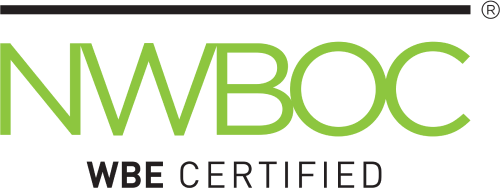Case study: Nonprofit
Process optimization boosts global nonprofit’s procurement and contracting efficiency

Table of contents
A global nonprofit client provides nearly 2,000 grants to justice, equity, and human rights organizations every year. The organization faced inconsistent and cumbersome procurement and contracting processes and a lack of transparency in status and approvals. This resulted in lengthy timelines to procure necessary goods and services, frustrated stakeholders, and the need for manual workarounds and increased variation in how processes were performed. To address these challenges, the client reorganized back office operations and wanted to standardize the procurement and contracting processes. They partnered with Eagle Hill to design a new end-to-end procurement and contracting process based on our extensive experience with process re-engineering and providing guidance on a procure-to-pay system that would best serve the newly defined process and the organization’s business and functional requirements.

Goal
Redesign the procurement process to be more efficient, consistent, and transparent—transforming stakeholder experiences and to meet both the current and future needs of a global organization.
Unconventional consulting—and breakthrough results

stakeholders engaged to understand pain points and inform the design of the new procurement process

improvement opportunities identified and categorized to increase process optimization

root cause challenges addressed through 10 recommendations
The challenge
Without a standardized procurement process, different regions handled contracts based on their needs, resulting in increased variation due to regional complexities. The aging procurement system was so cumbersome that some contracts were documented, while others were not. This made it challenging to have accurate data to report on planned procurements—increasing the manual burden to create reports to track true spending.
The roadmap to success
Process optimization hinges on understanding how people experience processes and identifying areas for improvement. By following our proven methodology, our back office optimization team collected critical insights from 60 stakeholders across Africa, Europe, and the United States. We:
Aligned on project goals and outcomes and conducted preliminary research on best-in-class procure-to-pay systems to support analysis and recommendations.
Analyzed interview insights to assess current state procurement process challenges and opportunities for improvement.
Designed and refined a future state procurement and contracting process through highly collaborative sessions with key representatives across functions.
Recommended actionable improvements to implement the future-state process successfully.
Once we established the project charter, our team got to work understanding the nuances of the procurement process, in which we:

Built a complete picture of the current state. Eagle Hill conducted a document review to develop a baseline understanding of the nonprofit’s procurement and contracting challenges. We also interviewed stakeholders across the world with roles spanning all elements of the organization.

Documented and analyzed improvement opportunities. With insights from the document review and interviews, Eagle Hill identified, categorized, and logged nearly 300 improvement opportunities. The team conducted a root cause analysis to ensure that the process redesign addressed the “why” behind process issues rather than just addressing the surface-level symptoms.

Conducted cross-functional design workshops. We facilitated four highly collaborative workshops designed to improve process efficiency and leverage technology to support the end-to-end procurement process. The team took a hands-on approach to reviewing, validating, and updating every step of a draft for a future state process map, ensuring that it would meet everyone’s unique needs. The collaborative nature of our approach harnessed buy-in from the early stages of the project, as well as key stakeholder input from across the organization.

Created a final process map for the procurement and contracting lifecycle. Based on feedback from the design workshops, we streamlined the procurement process. These new processes provided both transparency and much-needed simplification to current state processes, and optimized technology for processing and tracking of key metrics.

Finalized procure-to-pay system guidance. The team revisited the preliminary research on procure-to-pay and contracting systems conducted earlier to align system recommendations with the final future state process.

Provided recommendations to transition to the new system. We developed recommendations to streamline the implementation of the new procurement process and system as a whole. These recommendations addressed the root cause of current state issues, identified implementation activities, provided change management guidance, and tips for avoiding common pitfalls.

Prepared leaders to rally people behind change. We created targeted communications materials for the nonprofit’s leaders to build awareness of the future process design, garner buy-in, and promote the benefits of an improved procurement process across the organization.
As a result of our partnership, the nonprofit now has a roadmap for increased process efficiency with procurement expressly designed for its needs. The optimized process enables improved data capture and better defines roles, responsibilities, and accountability structures to ensure the process is executed as intended.

